
Satellite imagery interpretation and classification has wide applications in various domains owing to its information capability and pervasive view of projects and spaces. The imagery sequences obtained from satellites are processed and converted into maps with databases to be used as collective references. The images from different satellites are collected, studied and interpreted according to project specific requirements. This information repository is used to create informational and resource-based maps and images of areas. Satellite imagery interpretation can be applied to study several environmental and geographical features, including the following:
Highly skilled executives are required to interpret satellite images. Interpretation is the process of extraction of qualitative and quantitative information about objects from satellite images. It also involves deriving useful spatial information from images. The process includes Detection and Identification, Delineation, Enumeration and Mensuration. Interpretation is aimed at producing a land cover/land use map. Land cover refers to the type of features present on the surface of the land. It refers to a physical property or resources e.g., water, snow, grassland, deciduous forest, sand, sugarcane crop, etc. Land use relates to human activity or economic function for a specific area e.g., urban use, industrial use, recreation area or protected area. It is of prime importance in overcoming problems such as unplanned development, deteriorating environmental quality, loss of agricultural lands, destruction of wetlands and loss of fish and wildlife habitat. Land use data is required for understanding environmental processes and problems. Land use changes through time can also be interpreted from land cover change maps. These maps are an important tool in the planning process. Such data is increasingly used in tax assessments, natural resource inventories, water-resource inventory, flood control etc.
Our highly adept in-house team has executed many National and International projects, which makes us the right choice for any kind of mapping needs. Many of our completed projects are used for Town & Country planning, Hydrological network planning for irrigation and other purposes, Railway corridor mapping, Urban infrastructure development and expansion of cities, Road network and Electrical distribution planning etc.

Enfragy has successfully completed more than 2,81,852 sq. kms. of 2D and 3D satellite mapping. Some of the areas covered in India include Sela Pass, Jammu & Kashmir, Bangalore, Ken Betwa, Nizamabad, Vishnugad & Tapovan, Kolkata, Ambala, Chennai etc. We have also completed some 2D mapping projects in Assam, Andaman & Nicobar Island, Gujarat, Bihar, Odisha etc. The maps are prepared using high-resolution satellite images having pixel resolution of 1 meter or more.

Satellites circle the Earth and hence, their imaging activity can be repeated easily. Satellite imagery also allows for much greater areas of coverage and because all information is digital, it can be easily integrated with software.


Enfragy has successfully prepared base maps of 25 cities of AMRUT project, covering 7,640 sq. km. Some of the completed cities are Ludhiana, Loni, Ghazipur, Shamli, Khanna, Salem, Krishnanagar, Haldia, Miryalguda, Durgapur, Jalpaiguri, Nagercoil, Jalandhar, Malerkotla, Kollam, Tiruvannamalai etc.
Scope of Work: